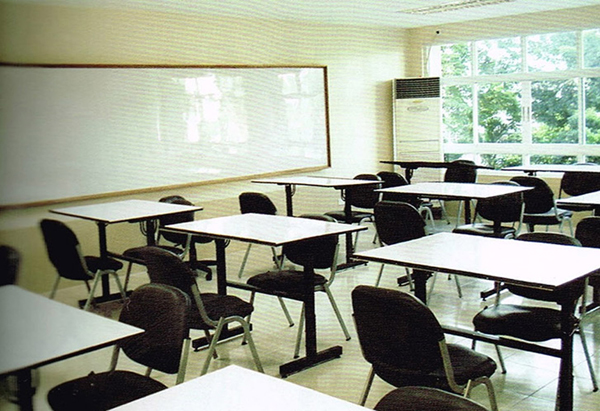- La Feria Community Holds Succesful Business Mixer Event
- Little Nashville to Take Place in Downtown Mercedes
- Lions Basketball Captures District Gold
- La Feria ISD Students Compete in Regional Chess Tournament
- Lions End First Half of 32-4A on a High Note
- La Feria ISD Held Another Successful Parent Conference
- Strong Appearance for Lions at Hidalgo Power Meet
- LFECHS Students Get to Meet Local Actress
- Students Participate in Marine Biology Camp
- Two LFECHS Students Qualify for All-State Band
Texas Ranks Low in Providing Businesses with Skilled Workers
- Updated: May 8, 2015
by Eric Galatas/TNS
AUSTIN, Texas – By the year 2020, 62 percent of jobs in the Lone Star State will require some form of post-secondary education. But according to a new report from the Center for Public Policy Priorities, only one-third of working adults in the state today have an associate’s degree or higher. Garrett Groves, who co-authored the report, says Texas ranks 40th in the nation for turning out skilled workers.
“That’s not going to allow us to be competitive in the future,” says Groves. “When New York ranks eighth, and they have 12 percent more individuals with a higher education than in the state of Texas, that’s a problem we need to move now to address.”

According to a new report, Texas ranks 40th in the nation for providing businesses with skilled workers. It says without greater effort to promote post-high school education, millions of Texans won’t be able to get a living-wage job by the year 2020. Photo: Microtexnano/Wikimedia Commons.
Groves warns unless changes are made, the state will continue to rank near the bottom. To catch up with states like New York, he says, Texas needs to move at least 1.2 million more people into some form of post-high-school education. As it stands now, the report says, fewer than one in five eighth-graders, and only one in 10 low-income eighth-graders, completes a college degree or certificate.
Groves says the biggest barrier to post-secondary education is cost. Tuition rates have soared in recent decades as state support has declined, putting college out of reach for many Texans. He adds 60 percent of the state’s graduates leave school carrying an average of $25,000 in debt.
“The price of tuition and fees in Texas has grown by 344 percent in the last two decades,” Groves says. “It’s one-and-a-half times what it’s grown in California, and over three times more than what it’s grown in Florida.”
Groves says to remain competitive, and ensure that millions of Texans can access decent-paying jobs, the state needs to invest more in post-high school education, particularly for low-income and adult students. The Texas Higher Education Coordinating Board met last week in Austin, and is set to deliver its new 15-year strategic plan for education in July.


